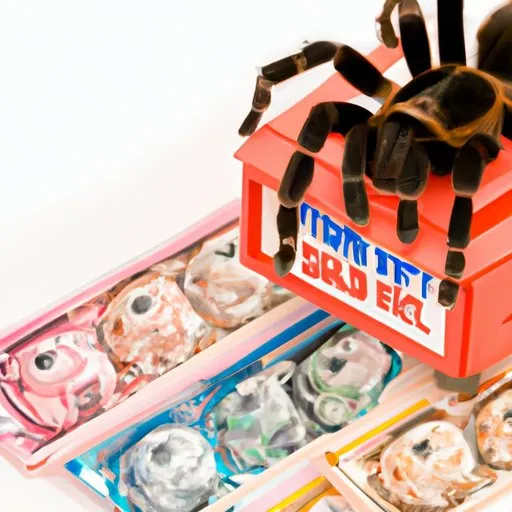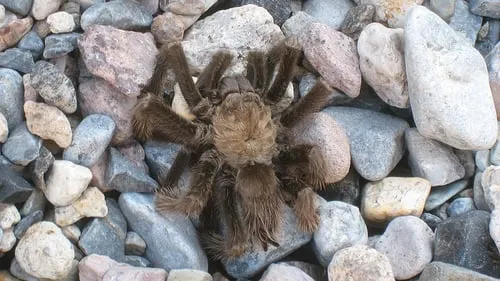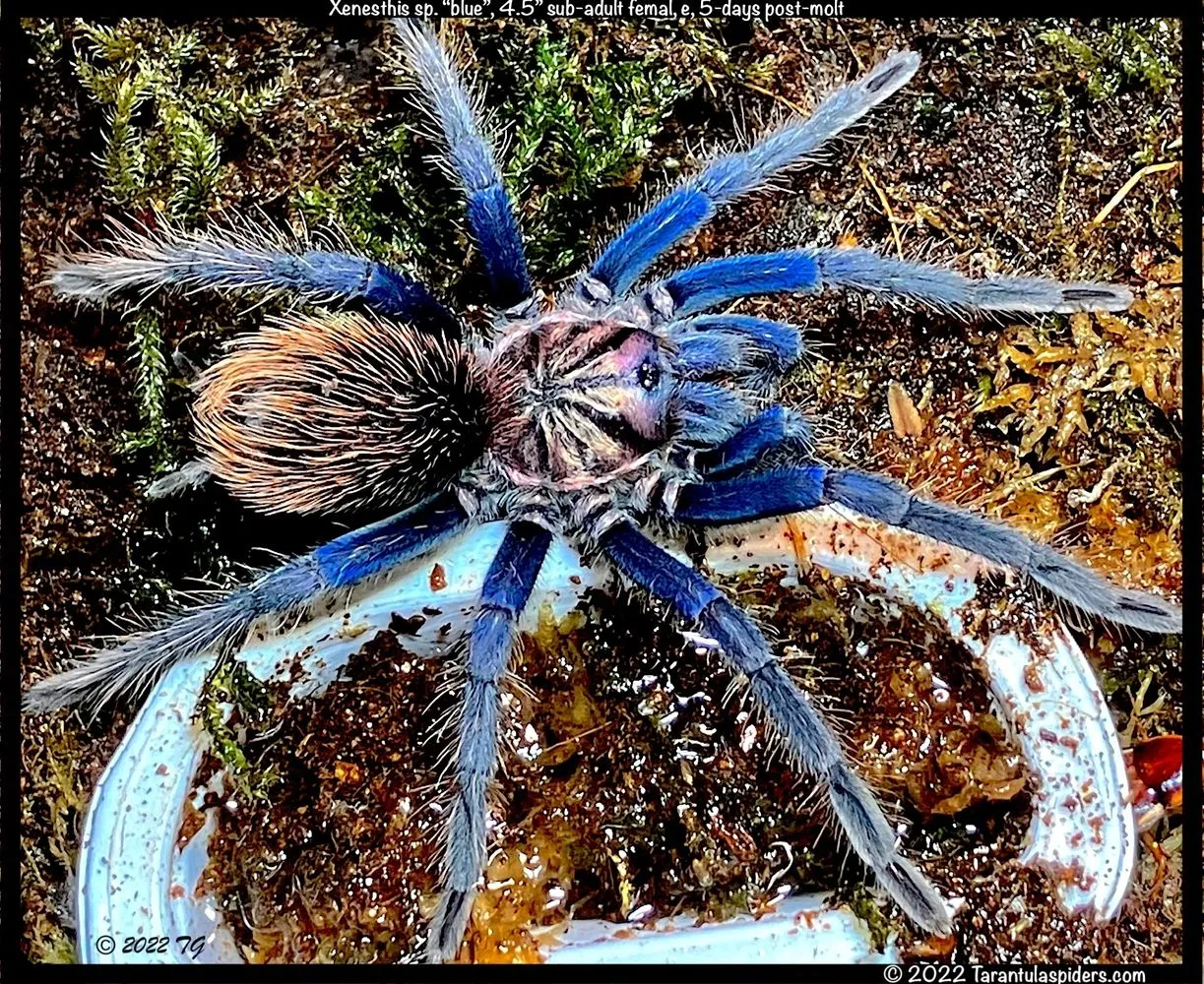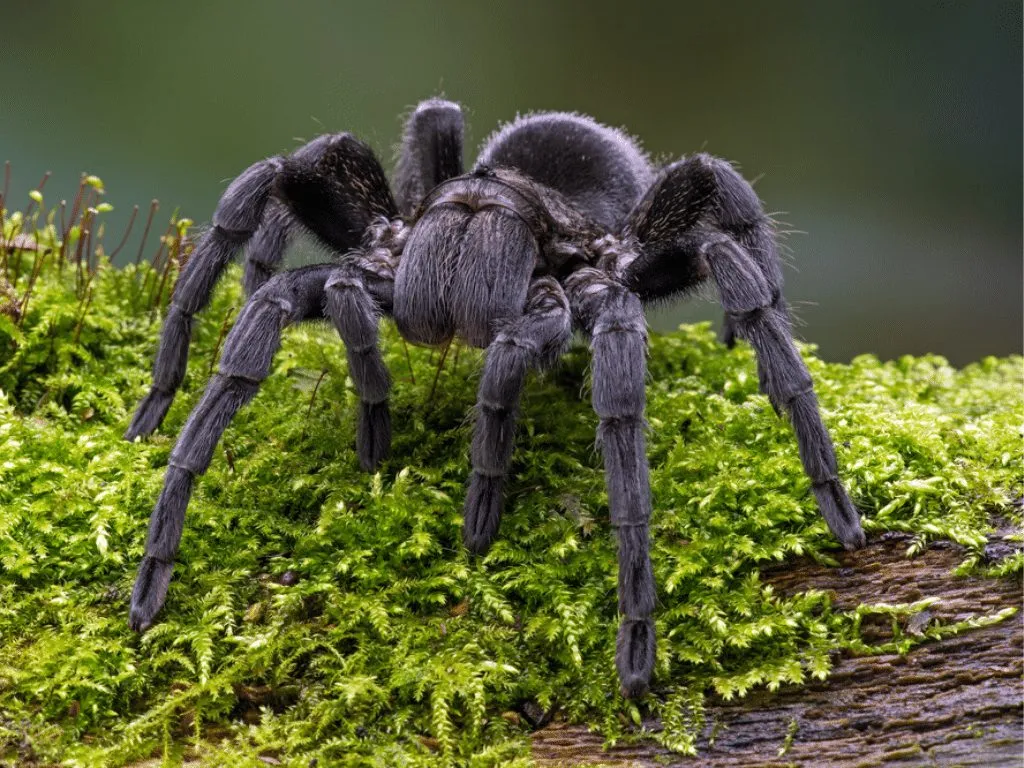The Cost of a Tarantula Spider
The fascinating world of tarantulas often sparks curiosity, especially regarding their cost. Tarantula spiders, with their diverse species and captivating characteristics, are increasingly popular as pets. But how much do these eight-legged creatures actually cost? The price of a tarantula isn’t a fixed number; it’s influenced by a variety of factors. Understanding these elements is crucial whether you’re a seasoned arachnid enthusiast or a curious newcomer. Several key aspects determine the final price tag, from the tarantula’s species and size to its origin and overall health. This guide will delve into the main factors impacting the cost of a tarantula, providing a comprehensive overview to help you make an informed decision.
Species of Tarantula
One of the most significant factors affecting the cost of a tarantula is its species. Different tarantula species vary widely in price due to factors like rarity, demand, and ease of breeding. Some species are more common and easier to breed in captivity, leading to lower prices. Others are more challenging to breed or are in high demand due to their unique appearance or behavior, resulting in higher costs. The origin of the species also plays a role, with some tarantulas being native to specific regions and therefore more expensive to import or acquire.
Popular and Common Tarantula Species

Common species like the Mexican Red Knee (Brachypelma hamorii) and the Chilean Rose Hair (Grammostola rosea) are usually more affordable. These species are relatively easy to find and breed, making them accessible to a wider range of enthusiasts. Their lower price point often makes them ideal for beginner tarantula keepers. These tarantulas are known for their docile temperament and striking appearance, making them popular choices for those new to the hobby. The cost typically ranges from $20 to $60, depending on the size and age of the spider.
Rare and Exotic Tarantula Species
In contrast, rare or exotic species such as the Poecilotheria metallica (the Gooty Sapphire Ornamental) or certain species of the genus Psalmopoeus can command significantly higher prices. The rarity of these tarantulas, coupled with their striking coloration or unique characteristics, drives up demand and, consequently, their cost. These species may be harder to breed or have specific care requirements, further contributing to their higher price tags. Prices can range from several hundred to over a thousand dollars for particularly rare specimens, making them a significant investment for serious collectors.
Size and Age of the Tarantula
The size and age of a tarantula are also critical factors in determining its cost. Generally, younger tarantulas (spiderlings) are less expensive than older, more mature specimens. This is because spiderlings are more vulnerable and require more care, but they also have a longer lifespan ahead, offering keepers more time to enjoy their pet. As tarantulas mature, their prices tend to increase, particularly for females, which typically live longer than males and can be more valuable for breeding purposes.
Spiderling vs. Adult Tarantula

Spiderlings are often sold at a lower price because they are smaller, require specialized care (like smaller enclosures and food), and have a higher mortality rate. However, they also offer the unique experience of watching a tarantula grow and develop. Adult tarantulas, on the other hand, are larger, have more predictable temperaments, and are often easier to care for. These mature tarantulas, particularly females, often cost more due to their longer lifespan and breeding potential.
Impact of Age on Tarantula Prices
The age of a tarantula significantly impacts its price. Older tarantulas, especially mature females, are often more expensive due to their proven track record of molting and survival. The cost also reflects the time and resources the breeder has invested in raising the tarantula to maturity. The price difference between a spiderling and an adult can be substantial, sometimes ranging from a few dollars for a spiderling to hundreds for a mature adult, especially for rare or sought-after species.
Tarantula’s Coloration
The coloration of a tarantula can significantly influence its price. Tarantulas display a wide range of colors and patterns, which are a major draw for enthusiasts. Some species are known for their vibrant hues, and these are often more highly valued. Unusual or striking colorations can significantly increase the demand, making these tarantulas more expensive.
Color Morph Tarantulas

Color morphs, or variations in color within a species, are highly prized by collectors. These morphs can occur naturally or be selectively bred to enhance specific color traits. Certain color morphs can fetch a premium, especially if they are rare or if they exhibit particularly vibrant and unique coloration. The appeal of these color morphs often lies in their aesthetic beauty and rarity.
Unusual Coloration Impact on Price
Tarantulas with unusual or striking coloration often command higher prices. This is because these spiders stand out visually, making them more desirable to collectors. The prices can vary based on the rarity and the specific characteristics of the coloration, with exceptionally vivid or unique patterns often fetching the highest prices. Breeders and sellers often highlight the coloration as a key selling point.
The Tarantula’s Origin
The origin of a tarantula can significantly affect its cost, primarily because of ethical and legal considerations. Tarantulas can be either wild-caught or captive-bred, and the source significantly impacts their price and care requirements.
Wild-caught vs Captive-bred Tarantulas

Captive-bred tarantulas are generally preferred and often more expensive than wild-caught specimens. Captive-bred tarantulas are typically healthier, less stressed, and free from parasites that can be common in wild-caught spiders. Buying captive-bred tarantulas supports responsible breeding practices and helps conserve wild populations. Wild-caught tarantulas may carry diseases or parasites and are often more difficult to acclimate to captivity.
Import Restrictions & Their impact
Import restrictions and regulations also affect the cost of tarantulas. Many countries have strict laws regarding the import and export of wildlife, including tarantulas. These restrictions are put in place to protect the environment and prevent the spread of invasive species. Complying with these regulations can add to the overall cost, as breeders and sellers must obtain permits and adhere to specific quarantine protocols. The legality of import also varies depending on the species.
The Overall Health of the Tarantula
The health of a tarantula is paramount and can significantly impact its price. A healthy tarantula will display vibrant colors, exhibit normal behaviors (like feeding and moving), and be free from any visible signs of illness or injury. The health of the spider is a direct reflection of the care it has received.
Signs of a Healthy Tarantula

A healthy tarantula will have a plump abdomen, indicating it is well-fed. It should be active and responsive to its environment. Look for clean legs and a shiny exoskeleton. Any signs of lethargy, loss of appetite, or unusual behavior can indicate a health problem. The absence of these symptoms is an indicator of a healthy tarantula. A healthy spider is also more likely to thrive in a new environment and live a long, fulfilling life.
The Importance of a Vet Check
When purchasing a tarantula, especially an expensive or rare species, considering a veterinary checkup is wise. A vet specializing in exotic pets can assess the tarantula’s overall health, look for any potential health issues, and provide recommendations for care. This can help identify potential problems early and ensure the spider receives appropriate treatment. A vet check can offer peace of mind and safeguard your investment, ensuring that the tarantula is in good health.
In conclusion, the cost of a tarantula spider is determined by a combination of factors. Species, age, coloration, origin, and health all play vital roles in determining the final price. Understanding these elements will help you make informed decisions, whether you’re a seasoned collector or a first-time buyer. By considering these factors, you can navigate the tarantula market with confidence and find the perfect arachnid companion for your home.
